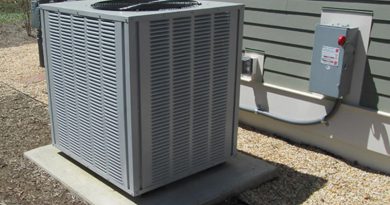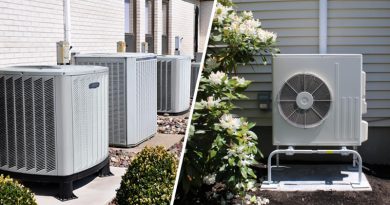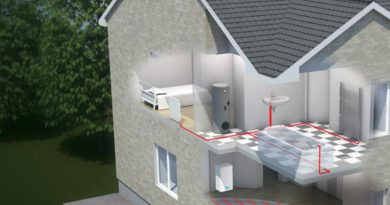Understanding Climate Control Systems and How They Work
Climate control systems, also known as HVAC systems (Heating, Ventilation, and Air Conditioning), are essential for creating a comfortable and healthy indoor environment. Whether it’s keeping us warm in the winter or cool in the summer, these systems play a crucial role in maintaining optimal temperature, humidity, and air quality. In this article, we will explore what climate control systems are and how they work to provide comfort and convenience in our daily lives.
What Are Climate Control Systems?
Climate control systems refer to a collection of interconnected components designed to regulate and maintain indoor temperature, humidity, and air quality within a desired range. They consist of three main functions: heating, ventilation, and air conditioning. Let’s take a closer look at each of these components and their roles in creating a comfortable indoor environment.
Heating
Heating is a fundamental aspect of climate control systems, especially in regions with cold winters. The heating component is responsible for raising the indoor temperature to a comfortable level. It can utilize various heat sources, such as furnaces, boilers, heat pumps, or electric heaters. These systems generate heat energy and distribute it throughout the building using ductwork, radiators, or underfloor heating systems. By maintaining a warm indoor temperature, heating systems ensure a cozy and pleasant environment during colder months.
Ventilation
Ventilation is a critical component of climate control systems that focuses on maintaining a constant supply of fresh air while removing stale air, odors, and contaminants. Ventilation helps regulate indoor air quality by removing pollutants, such as dust, allergens, and volatile organic compounds (VOCs), and ensuring proper airflow throughout the building. It can be achieved through natural ventilation, where windows and doors are strategically opened, or mechanical ventilation systems that utilize fans or ductwork to circulate and exchange air.
Air Conditioning
Air conditioning plays a vital role in climate control systems, particularly in hot and humid climates. It involves the process of cooling and dehumidifying indoor air to create a comfortable environment. Air conditioning systems use refrigeration cycles, which involve compressing and expanding refrigerant gases to absorb heat from indoor air and release it outside. The cooled and dehumidified air is then distributed throughout the building via ductwork, providing relief from high temperatures and excessive humidity.
How Do Climate Control Systems Work?
Climate control systems operate based on the principle of thermodynamics, utilizing energy transfer and conversion to achieve the desired indoor conditions. The system’s components work together seamlessly to regulate temperature, humidity, and air quality. Here’s a simplified overview of how climate control systems work:
- Sensing: The system includes sensors and thermostats that monitor temperature, humidity, and air quality levels in different areas of the building.
- Control: The information collected by sensors is sent to a central control unit, which analyzes the data and determines the appropriate action to achieve the desired indoor conditions.
- Heating or Cooling: Based on the inputs from the control unit, the heating or cooling component of the system is activated to raise or lower the indoor temperature.
- Air Distribution: The conditioned air is distributed throughout the building using a network of ducts, vents, and registers, ensuring even airflow in all rooms.
- Ventilation: The ventilation component ensures the exchange of fresh air while removing stale air and contaminants, contributing to healthy indoor air quality.
By integrating these functions, climate control systems maintain a comfortable, healthy, and energy-efficient indoor environment year-round.




